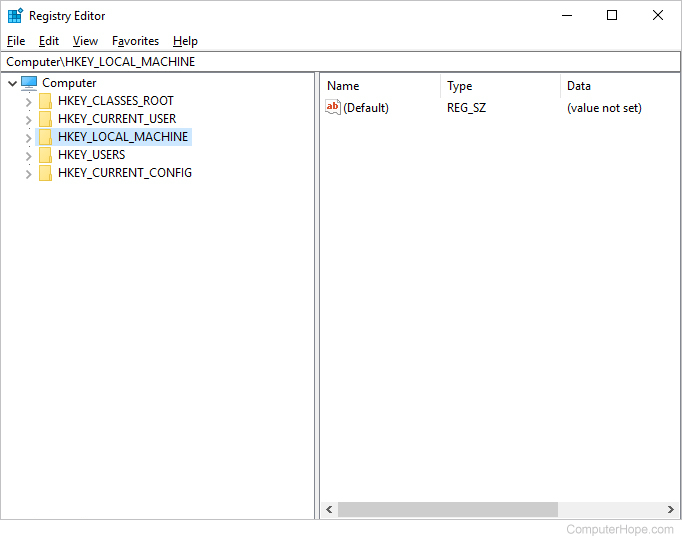Locating Process PID Number in Windows Task Manager: A Guide
The term “PID” stands for Process Identifier and represents a distinct numerical value that differentiates every active process or service within operating systems such as Windows, MacOS, and Linux. In the following discussion, we’ll guide you through three distinct techniques to ascertain the PID in a Windows environment.
Identifying the Process ID (PID) via Task Manager in Windows
Both Windows 7 and Windows 10 provide users with the ability to identify the Process ID (PID) of any running application or process through the Task Manager. A Process ID, or PID, is a unique identifier assigned to every active process on a computer, and understanding how to locate it can be essential for advanced troubleshooting or system management.
Guided Walkthrough for Locating the PID:
Step 1: Initiate the Task Manager.
The quickest way to do this is by pressing the Ctrl + Shift + Esc keys all at once. This combination instantly opens the Task Manager interface.
Step 2: Transition to the Detailed View.
At times, the Task Manager may default to a more concise, summary mode. If this is the case, locate the ‘More details’ option, typically found in the bottom left corner, and click on it to expand the view.
Step 3: Navigate to the ‘Details’ Tab.
Once inside the Task Manager’s comprehensive view, select the ‘Details’ tab. Here, users will be presented with a plethora of information about every running process, including their respective PIDs. It offers a clear and organized way to monitor and manage these processes based on their unique identifiers.
Pro Tips to Ensure PID Visibility:
Occasionally, the PID column might not be immediately visible in the Task Manager. Should this happen, here’s a quick solution:
- Within the ‘Details’ tab, direct the cursor to the header of any displayed column (e.g., Name, Status);
- Perform a right-click action, and from the dropdown menu, select the ‘Select columns’ option;
- A new window will pop up, presenting various column options. Find and check the checkbox labeled ‘PID’;
- Confirm the selection by clicking ‘OK’. Once done, the Task Manager should now prominently display the PID for all running processes, making it more accessible for users.
Knowing how to locate the PID can be instrumental, especially for advanced users looking to delve deeper into system diagnostics, performance monitoring, or even when tackling potential software conflicts. It’s one of the many tools Windows offers to provide transparency and control over a system’s operations.
Discovering Process IDs through the Command Line Interface
The command line interface (CLI) offers a streamlined way to quickly ascertain Process IDs (PIDs) for running processes. Dive into this simple, step-by-step guide to efficiently find out the PID using the CLI:
Step 1: Accessing the Command Prompt
To initiate the process:
- Begin by pressing the combination of the Windows Key and R. This action launches the ‘Run’ dialog box;
- In the space provided, input “cmd” and subsequently press the ‘Enter’ key. This action will swiftly lead you to the Command Prompt, a text-based interface, which allows users to interact with the computer system.
Step 2: Procuring the List of Active Processes
Once inside the Command Prompt:
- Key in the word “tasklist” and confirm by pressing ‘Enter’;
- Following this action, a comprehensive list will populate, detailing the active processes along with their corresponding PIDs. This list provides an in-depth view of the services and applications that are currently running, ensuring users have a clear understanding of the processes being executed on their system.
PowerShell: A Deep Dive into Retrieving Process IDs
PowerShell is an advanced automation framework and scripting language built on .NET, designed primarily for Windows system administration. Beyond the standard command-line interface capabilities, PowerShell incorporates an integrated scripting environment, making it a powerhouse tool for IT professionals and developers alike.

While the legacy Command Prompt has long been a staple for many users, PowerShell boasts similar functionalities but with enhanced features. If one needs to obtain the ID of a running process, PowerShell is more than capable.
To initiate PowerShell, one doesn’t need to dig deep. Simply navigate to the Windows search bar, input “PowerShell”, and select the corresponding result. This action launches the PowerShell window, ready for user commands.
Once inside the PowerShell environment, retrieving the details of active processes is a straightforward affair. The command to employ is tasklist. By keying in this command and hitting the ‘Enter’ key, a user summons a list of all the currently running processes. This list isn’t merely a display of process names. Instead, it provides comprehensive data about each process, including the all-important Process ID (or PID).
Conclusion
In today’s technologically driven environment, understanding the inner workings of your computer can empower users to diagnose issues, manage resources more effectively, and ensure smoother operations. Through the steps outlined in this article, we’ve unveiled the simplicity of locating a process’s PID (Process ID) number in Windows Task Manager. Such knowledge not only aids in monitoring specific processes but also serves as a foundation for more advanced troubleshooting and system management. By familiarizing oneself with tools like the Task Manager, even non-technical users can gain a better grasp on their system’s performance and operations.


